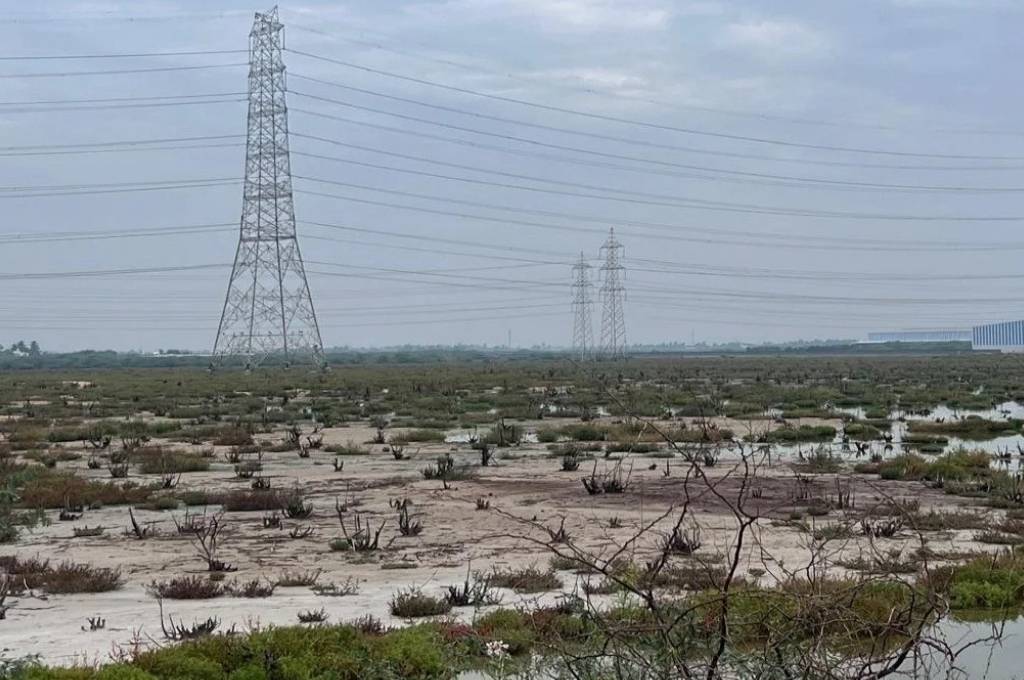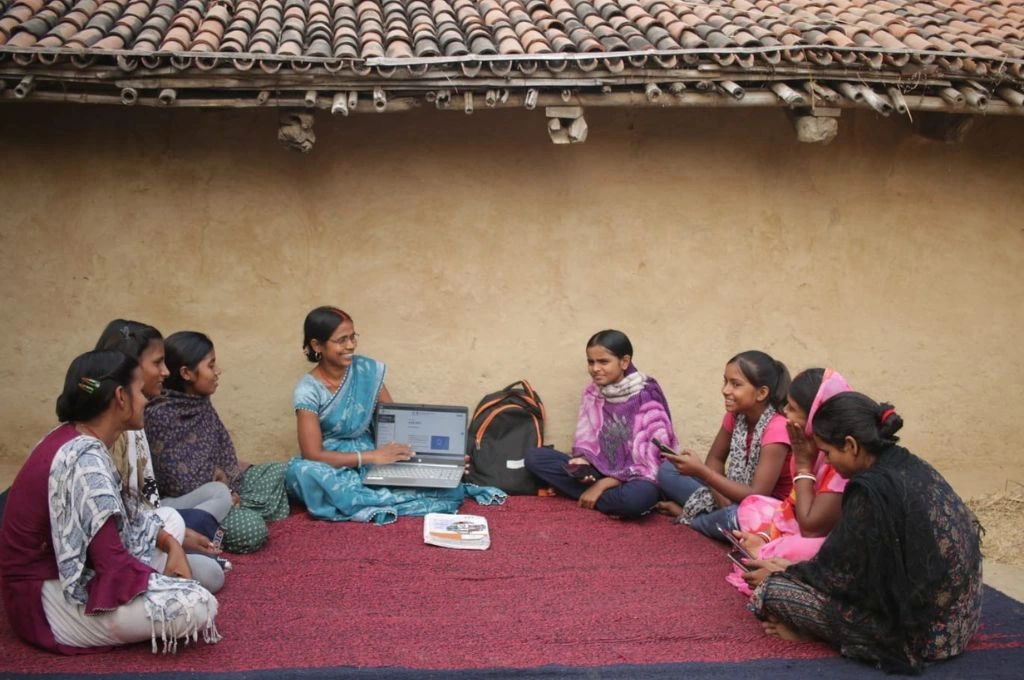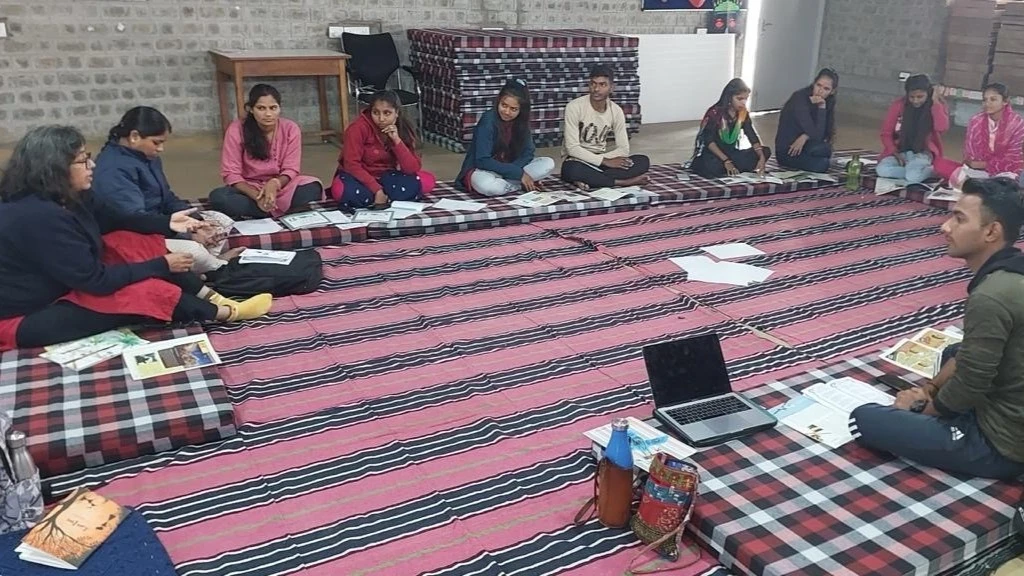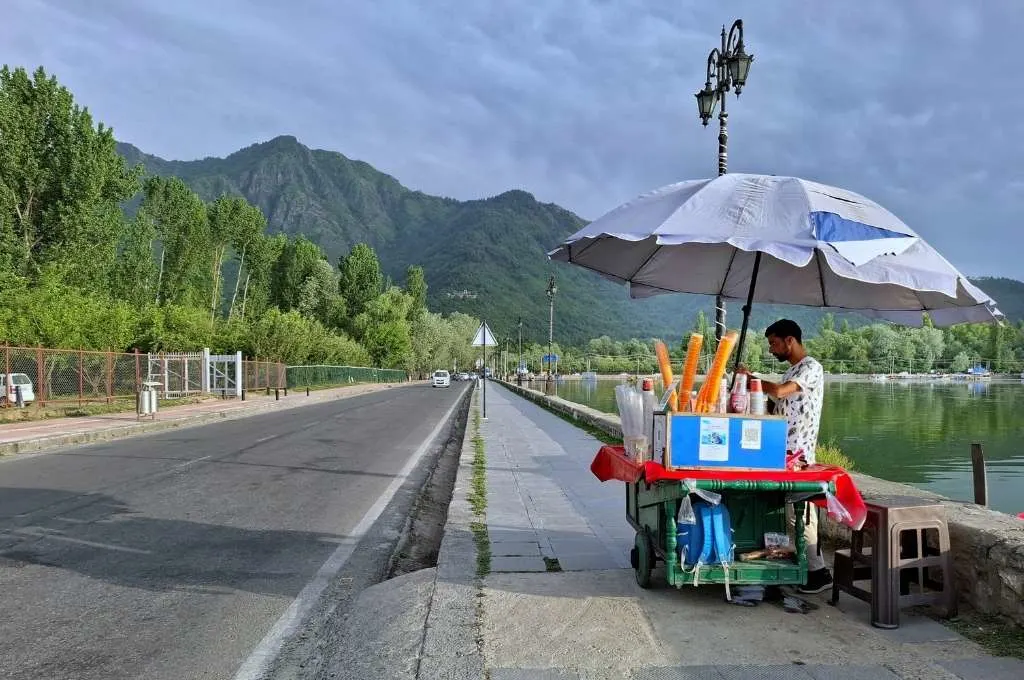Open wounds, closed doors: Life under ash in a Tamil Nadu village

My name is Nagammal. I am 34 years old, and I have lived in Sepakkam, a village in northern Tamil Nadu, my whole life.
Earlier there were 300 households in our village, which is located at the edge of an ash pond created by the North Chennai Thermal Power Station (NCTPS). However, many people have since left to escape the pollution from the ash. Marriages are difficult to arrange because people do not want to live here; even relatives who visit us do not stay the night.
Now, only approximately 80 families remain in the village.
Fly ash from the pond often covers my village in a haze of grey. Not only is it difficult for us to sit, eat, or wash our clothes and utensils outside, but the ash also routinely makes its way into our homes, passing through closed doors and windows, settling everywhere.
Anyone who is still here is either suffering from health problems or knows someone who is. People experience knee pains and troubled breathing to the point that it feels like they are suffocating. These ailments are recurring, and medical services are hard to reach.
Accessing care requires travelling outside the village, which, in the absence of any public transport, is difficult. We have to either arrange private transport or request people who are passing by in their vehicles to take us along—though few stop to help. While there is a local medical store that we go to for minor ailments, we have to travel all the way to Minjur, which is 5 kilometres away, to find a government or private hospital in case of major illnesses or serious problems.
Nowadays, wounds and rashes caused by the ash can often be found on our children’s bodies. People try to treat these wounds at home; a generic, brown-coloured ointment is used for this. If we have it, we apply that, otherwise we crush up paracetamol tablets and apply them to the skin.
Whether we try these remedies or go to the hospital, the relief is only temporary, and the wounds reappear. In an effort to protect our children, we don’t let them play in the open or even step outside the house unless it is to go to school, and even then, they must come right back home. The only time people in the village can step outside and move around is when there is rain, which momentarily clears the ash in the air.
Fifteen households in our area lost their lands to build the ash pond. Thirty years later, as pollution breaches their doorstep, these families are still struggling for compensation in court.
Nagammal is a resident of Sepakkam and manages the community reverse osmosis water treatment plant in the village.
—
Know more: Understand how pollution from mining is impacting people’s health in Acharpura village, Madhya Pradesh.



